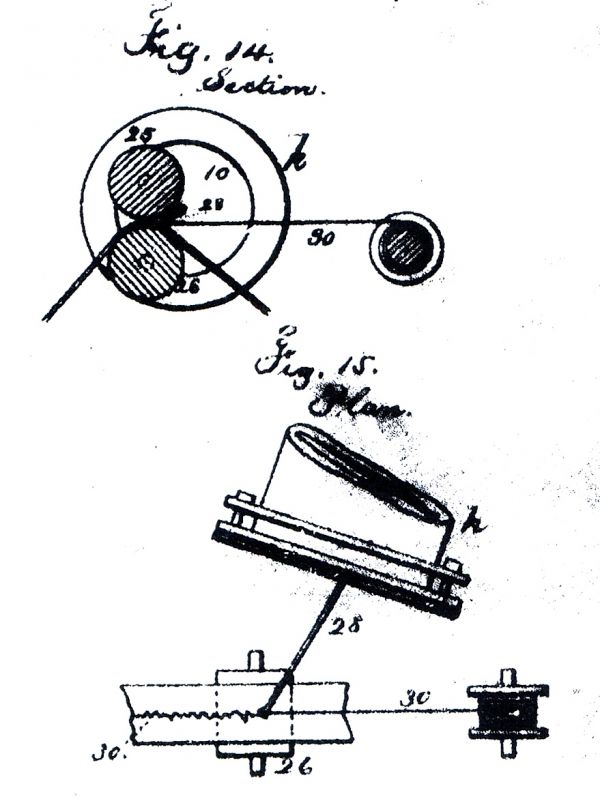| Foren | |||||||||||||||||||||||||
|
|||||||||||||||||||||||||
Über Uns
Wir sind mehr als ein Forum! Als eingetragener Verein arbeiten wir an der Beständigkeit unserer Leidenschaft.
Über unsWir suchen Dich!
Du schreibst Artikel, möchtest im Forum als Moderator aktiv werden? Dir liegt Social Media. Bewahre Wissen! Wir warten auf dich.
Schreib unsTipps
Einsteiger-Ratschläge für optimale Nutzung und wichtige Aspekte beim Grammophon und Schellackplatten-Kauf.
Zu den Informationen






